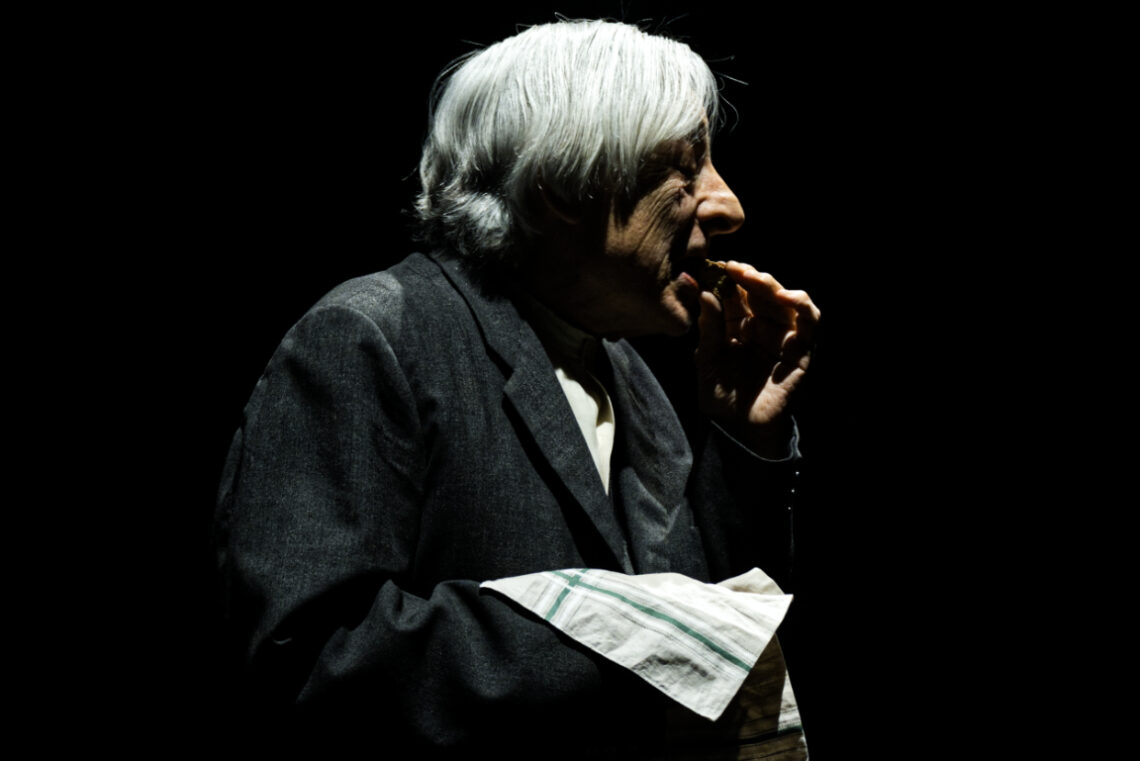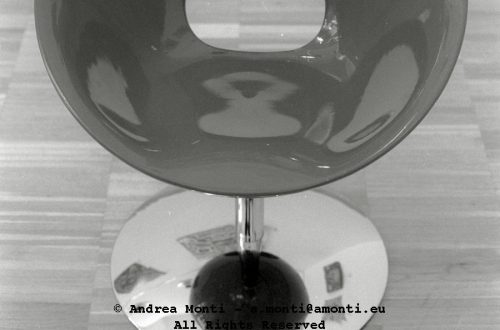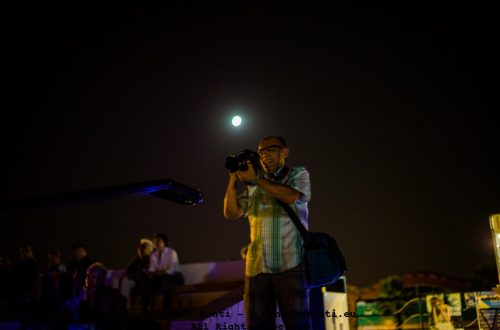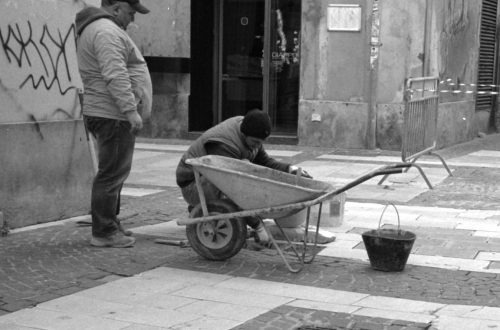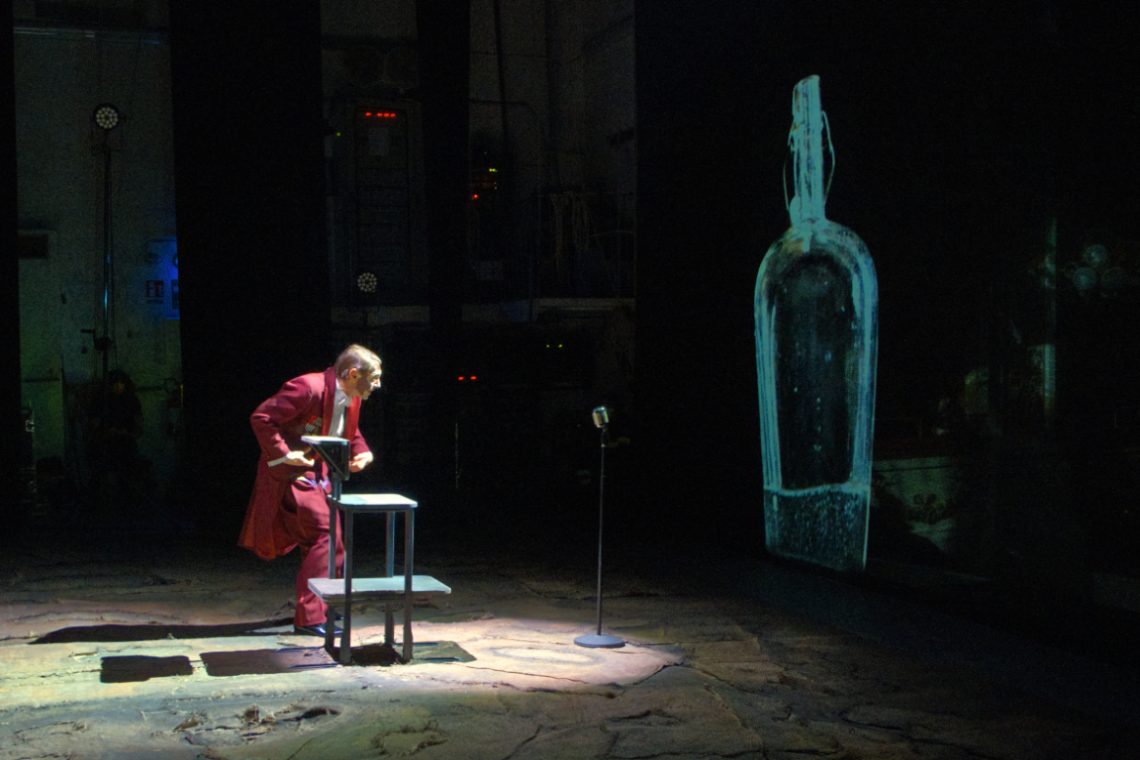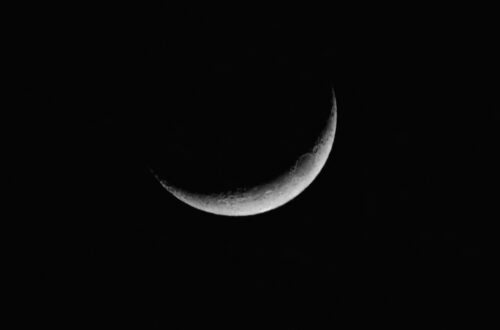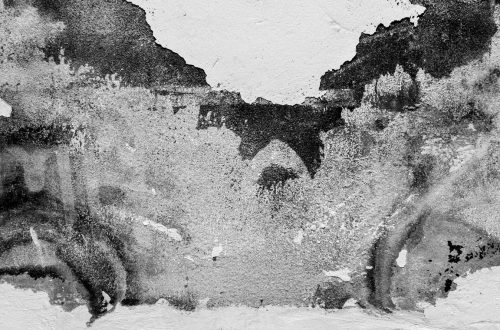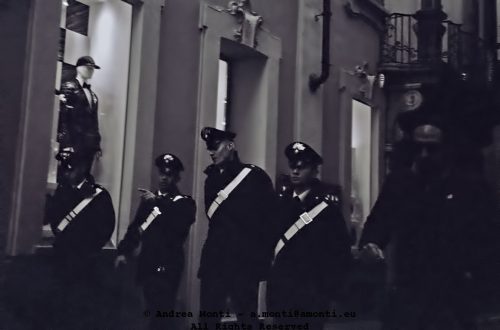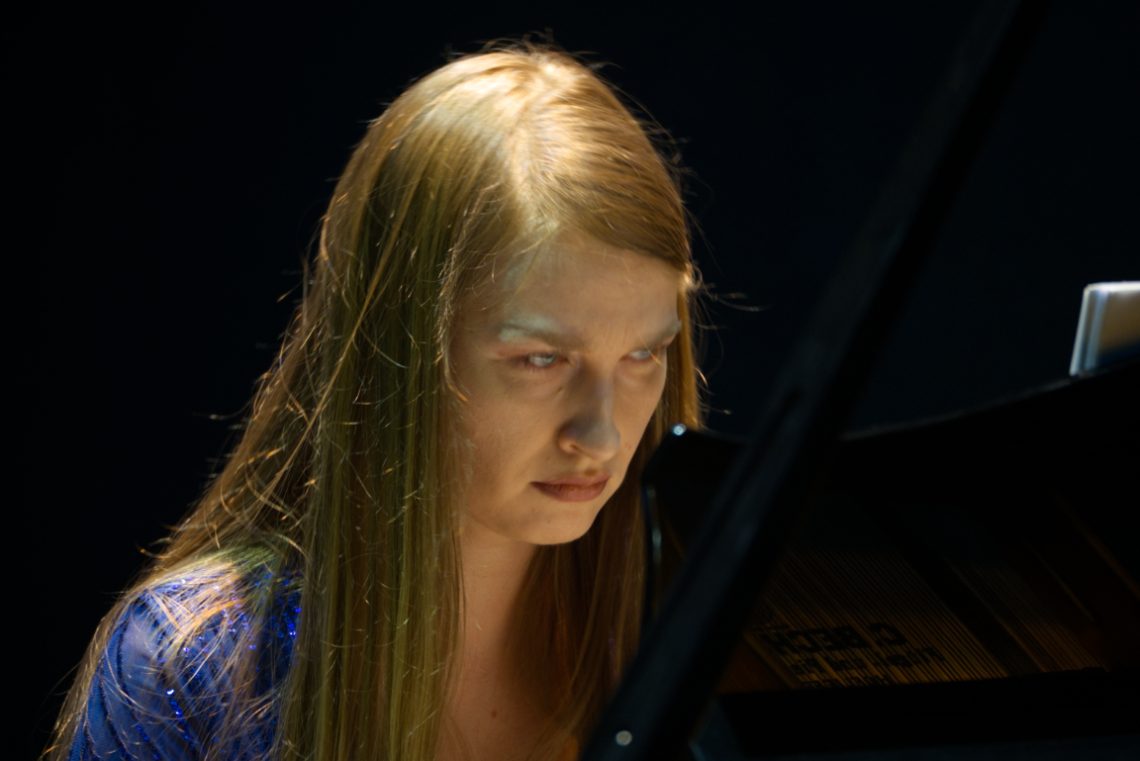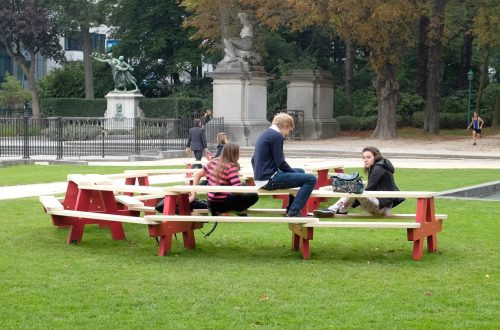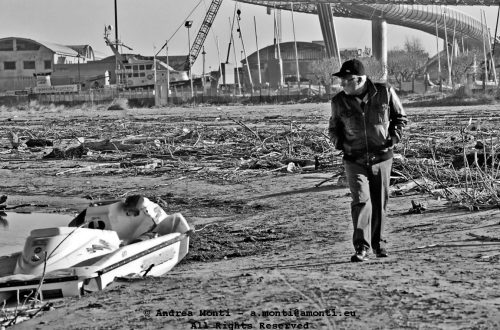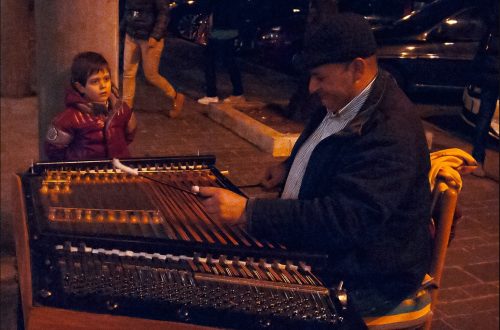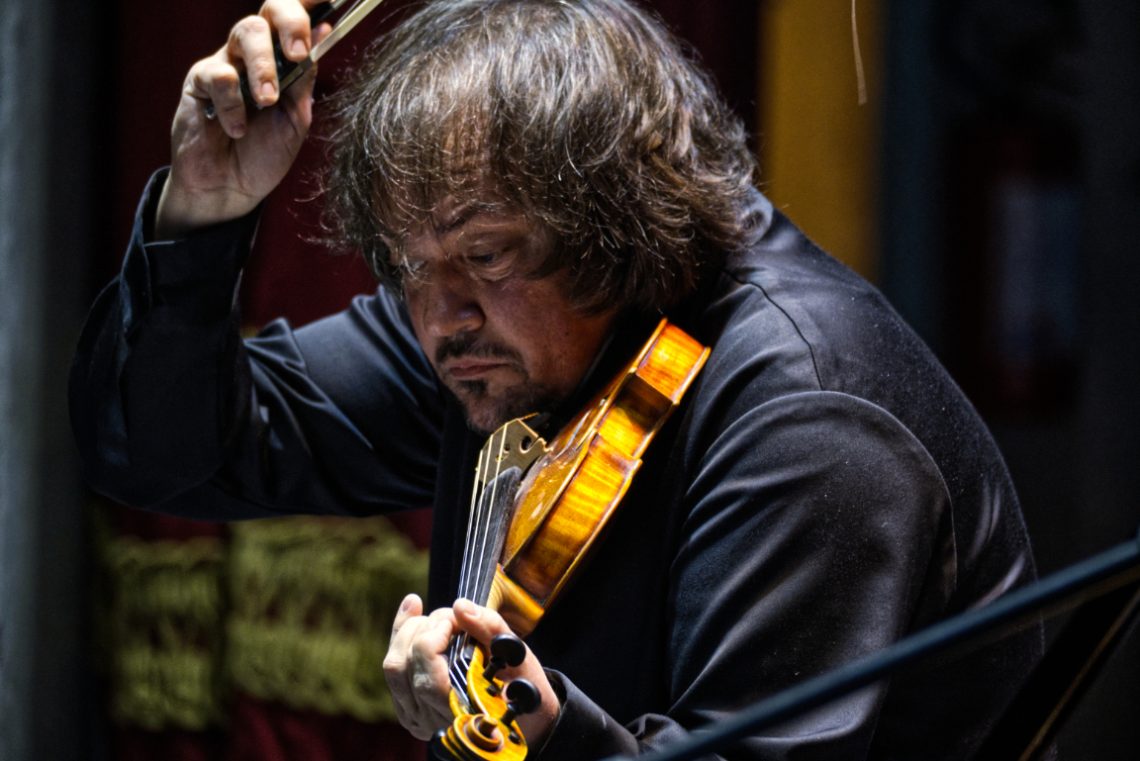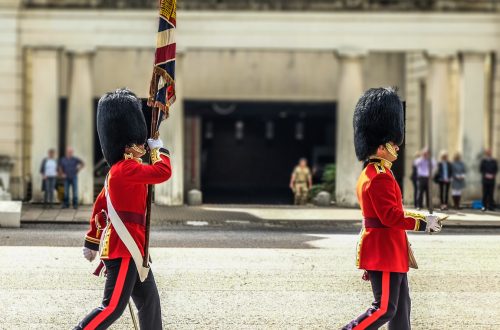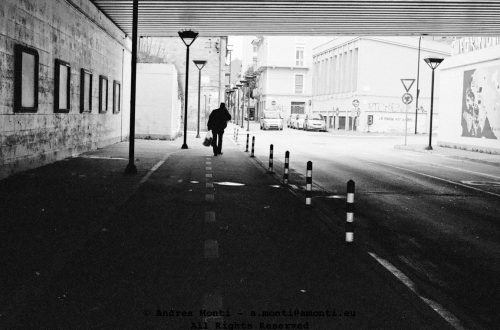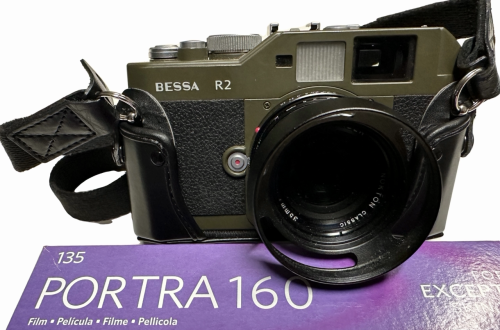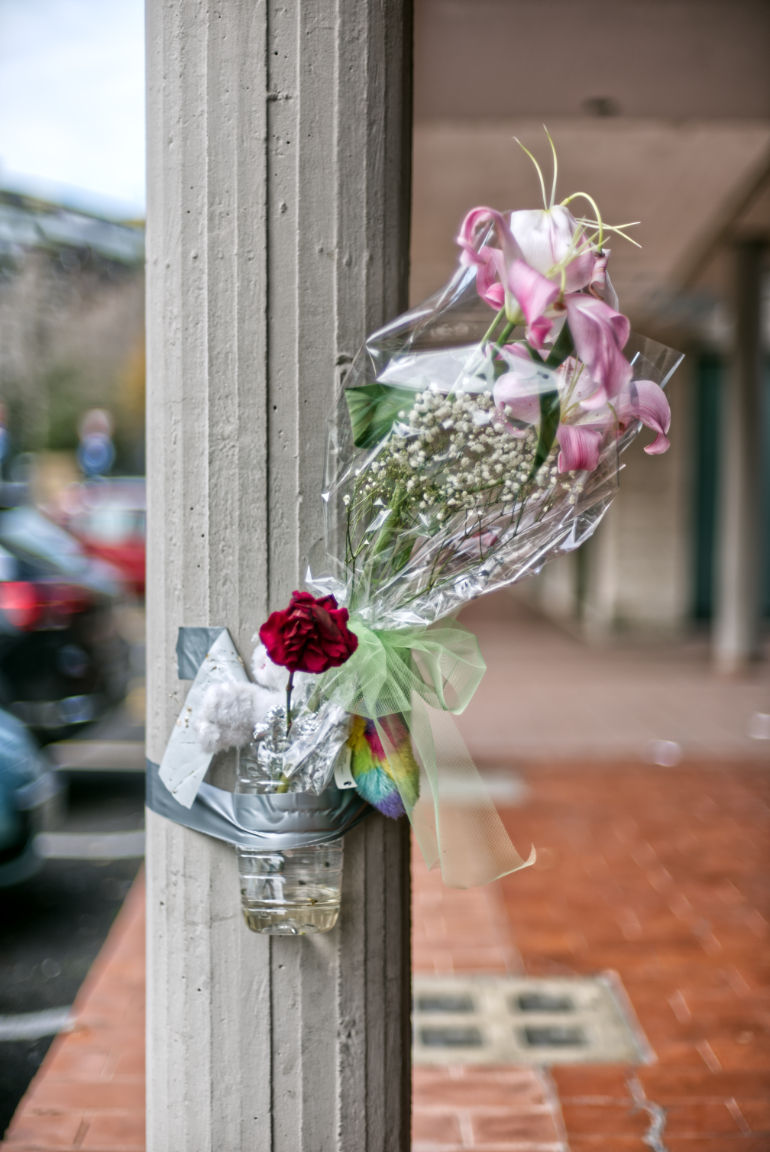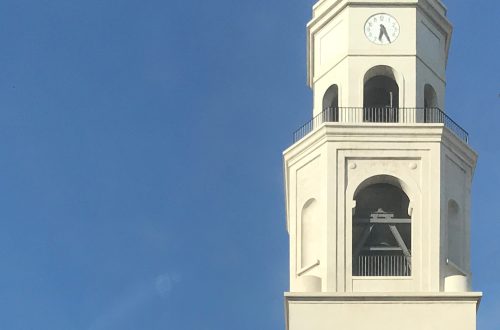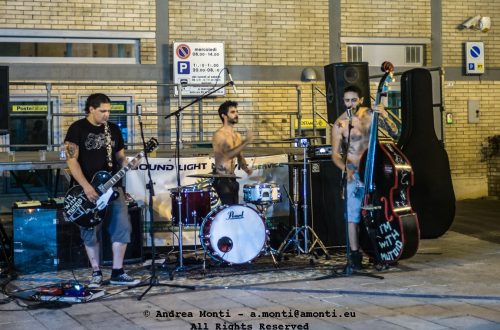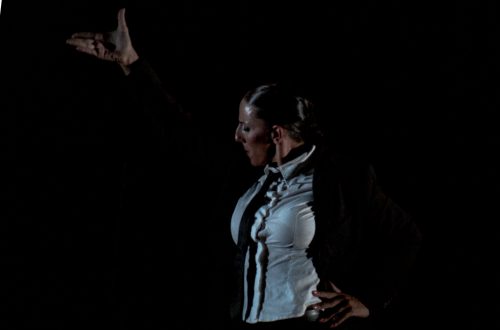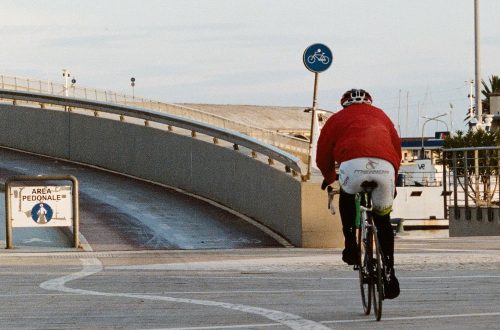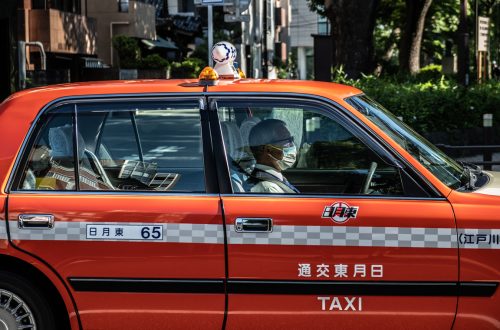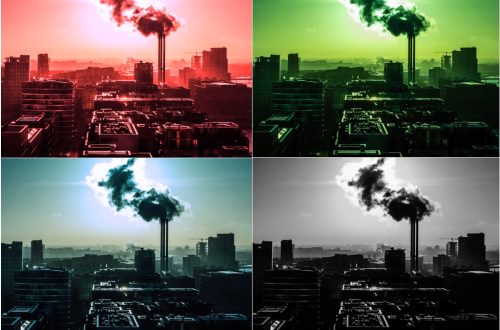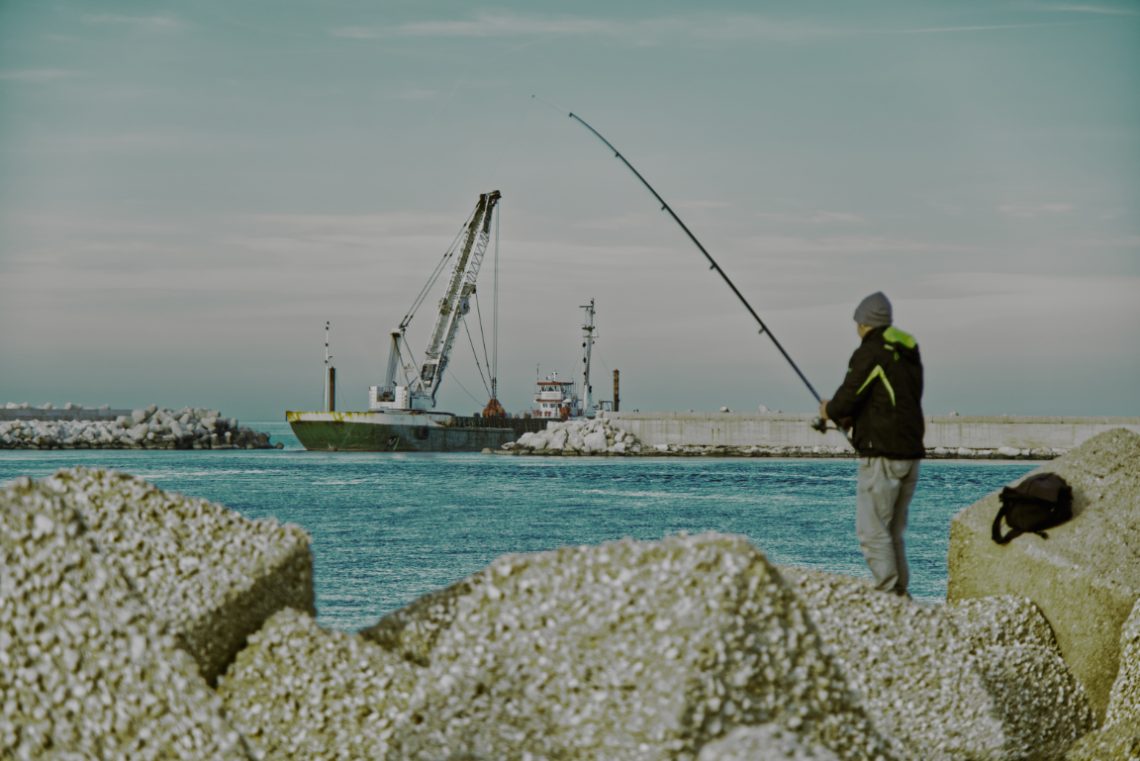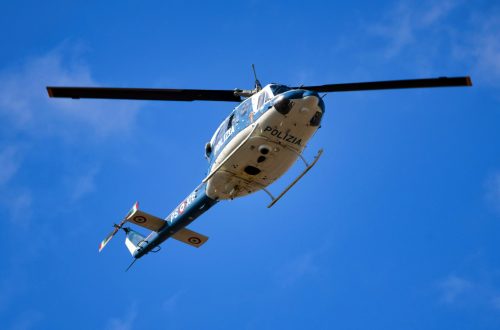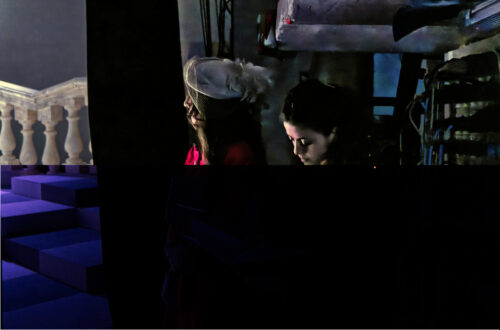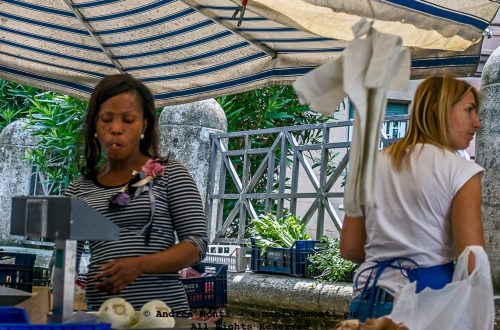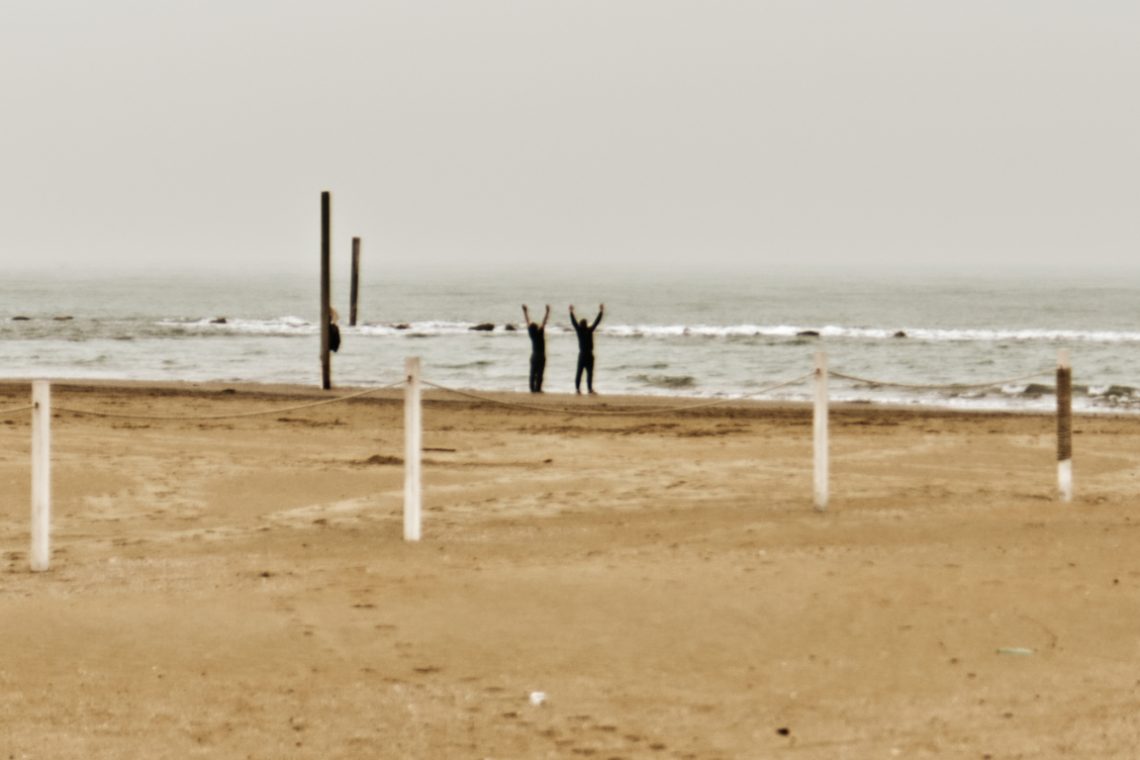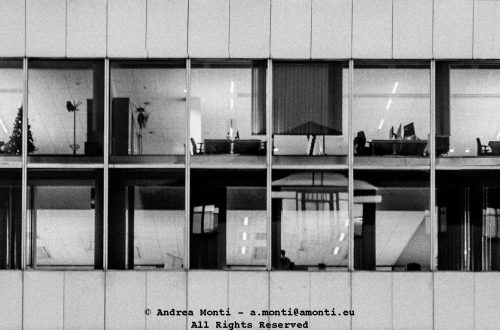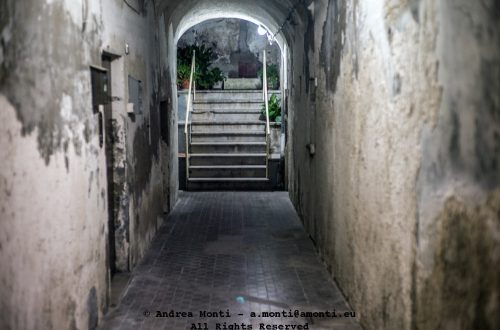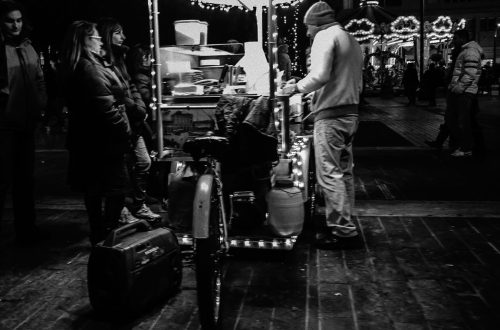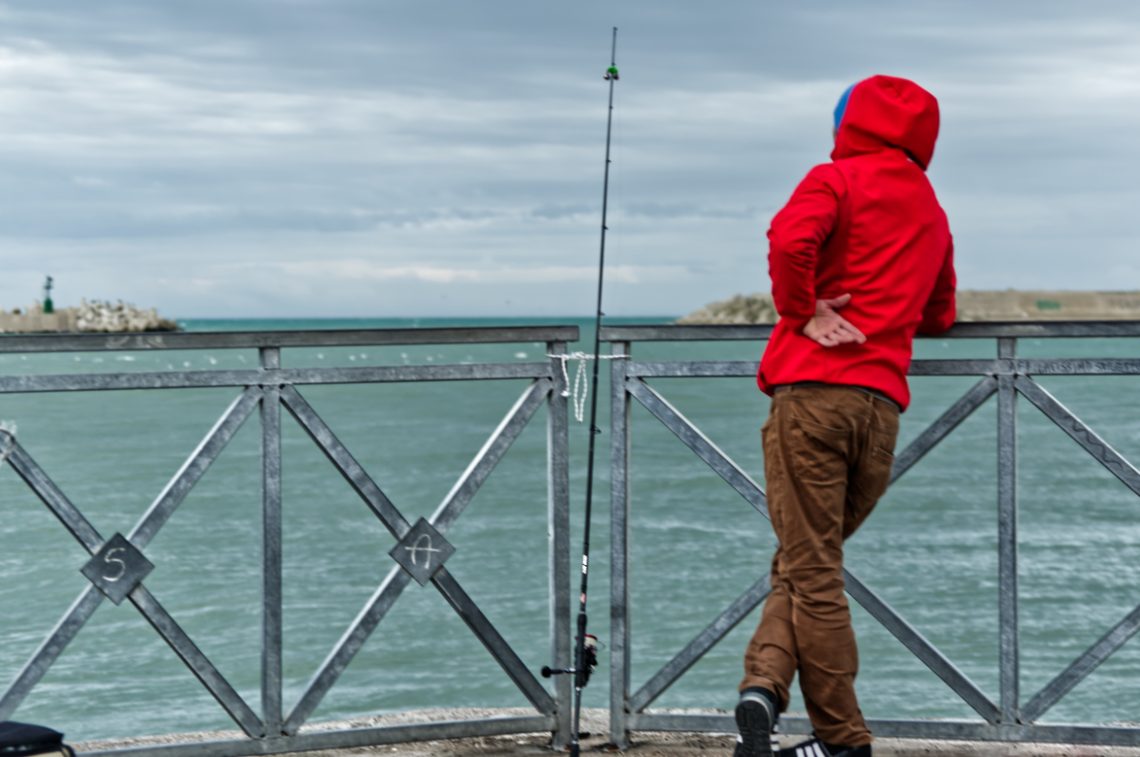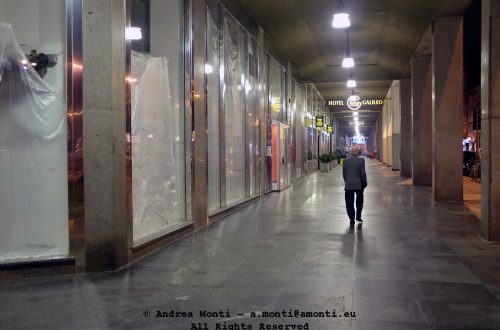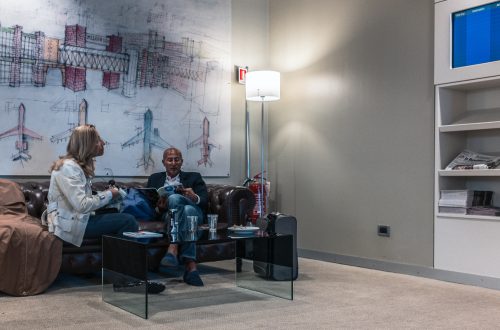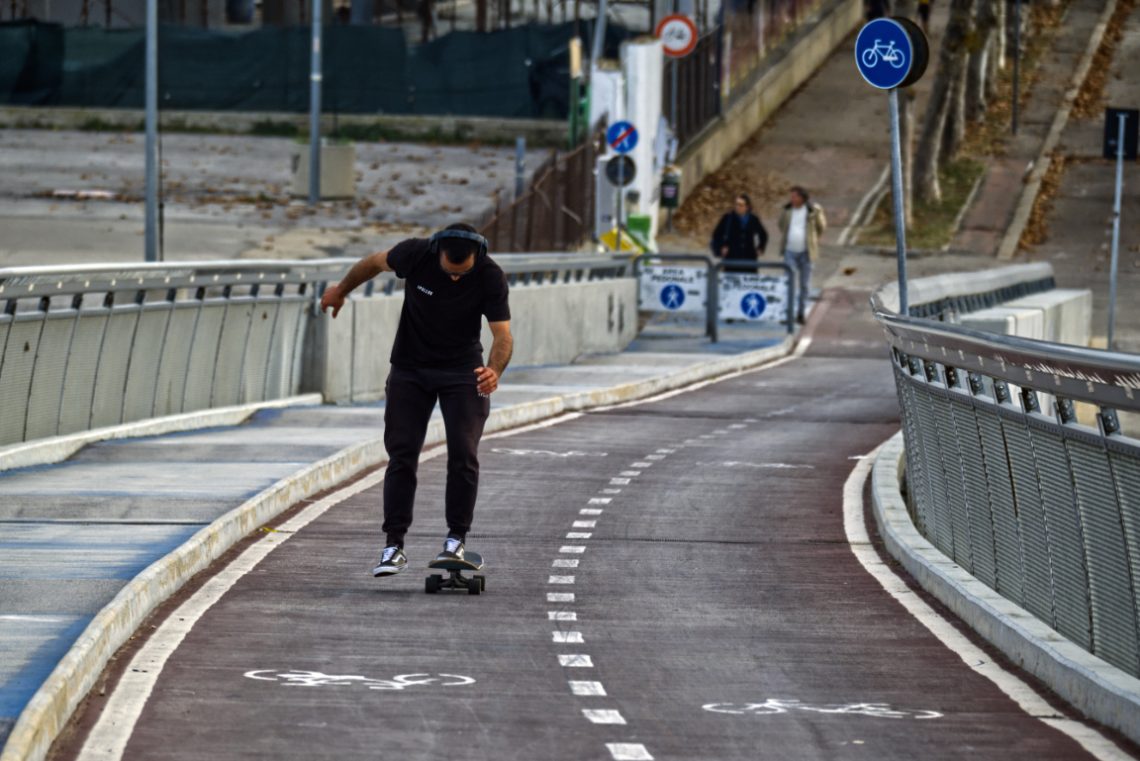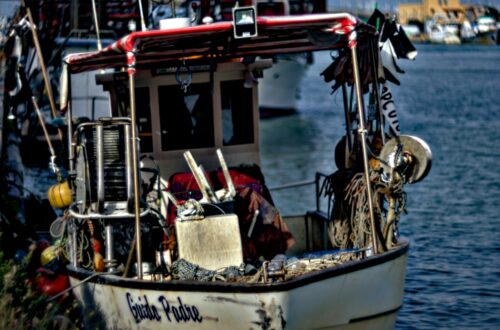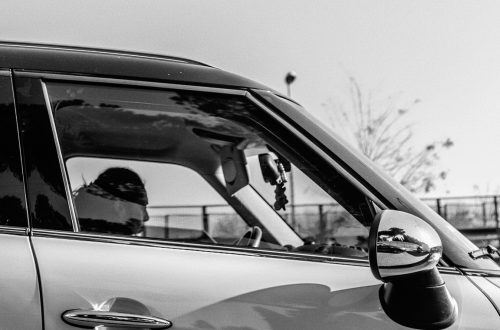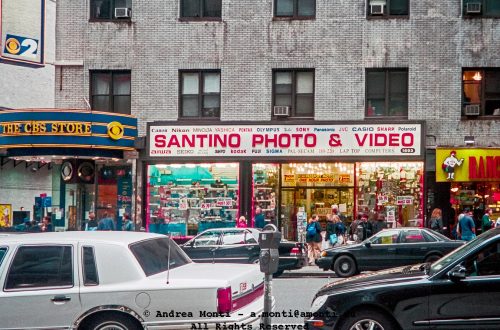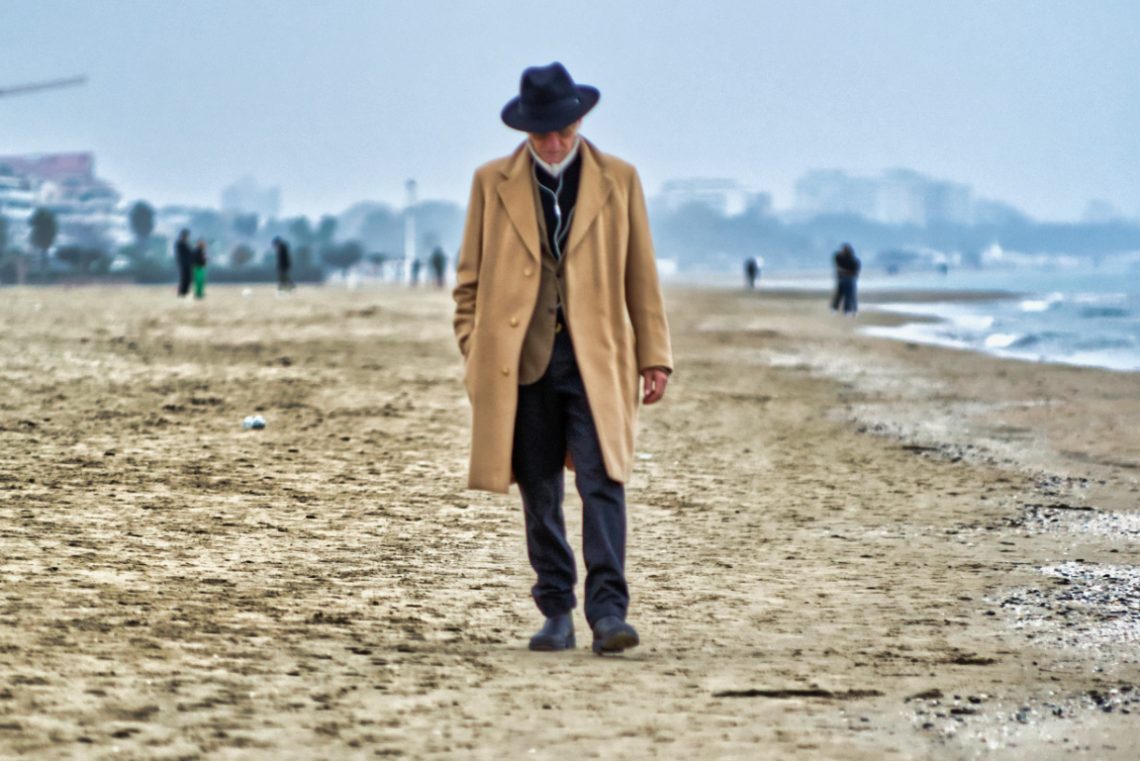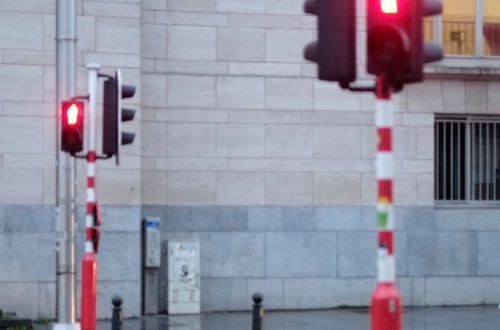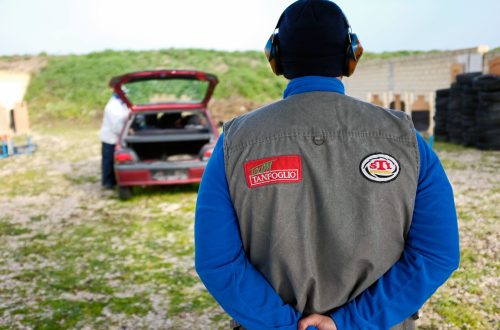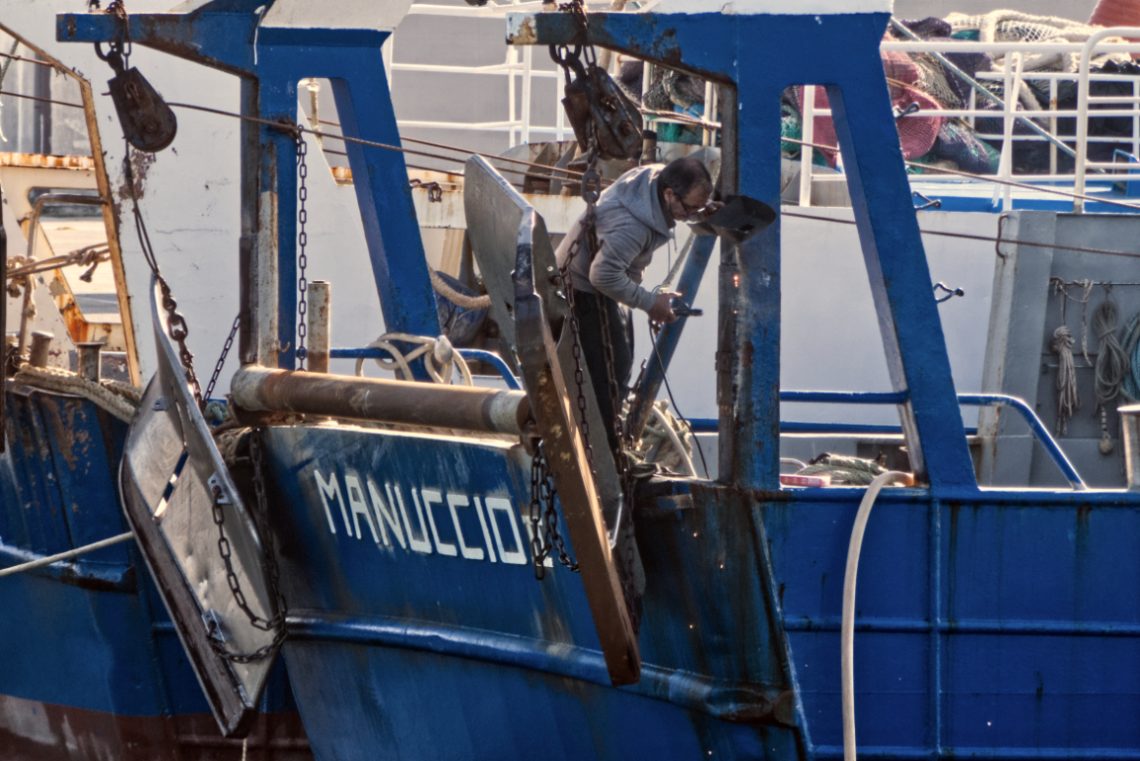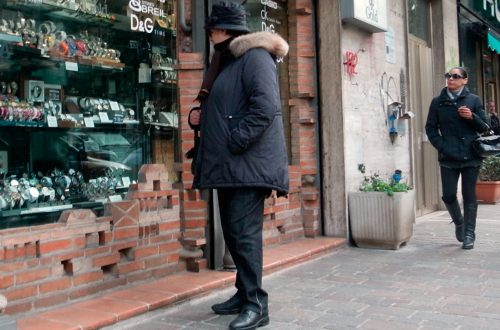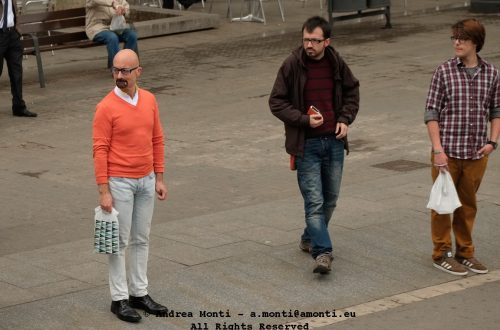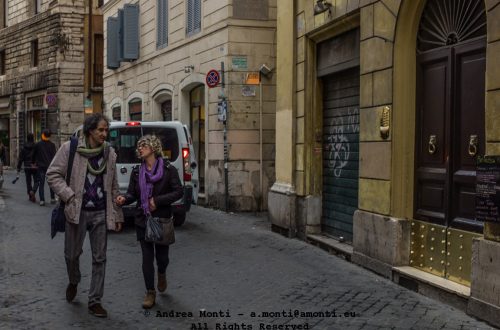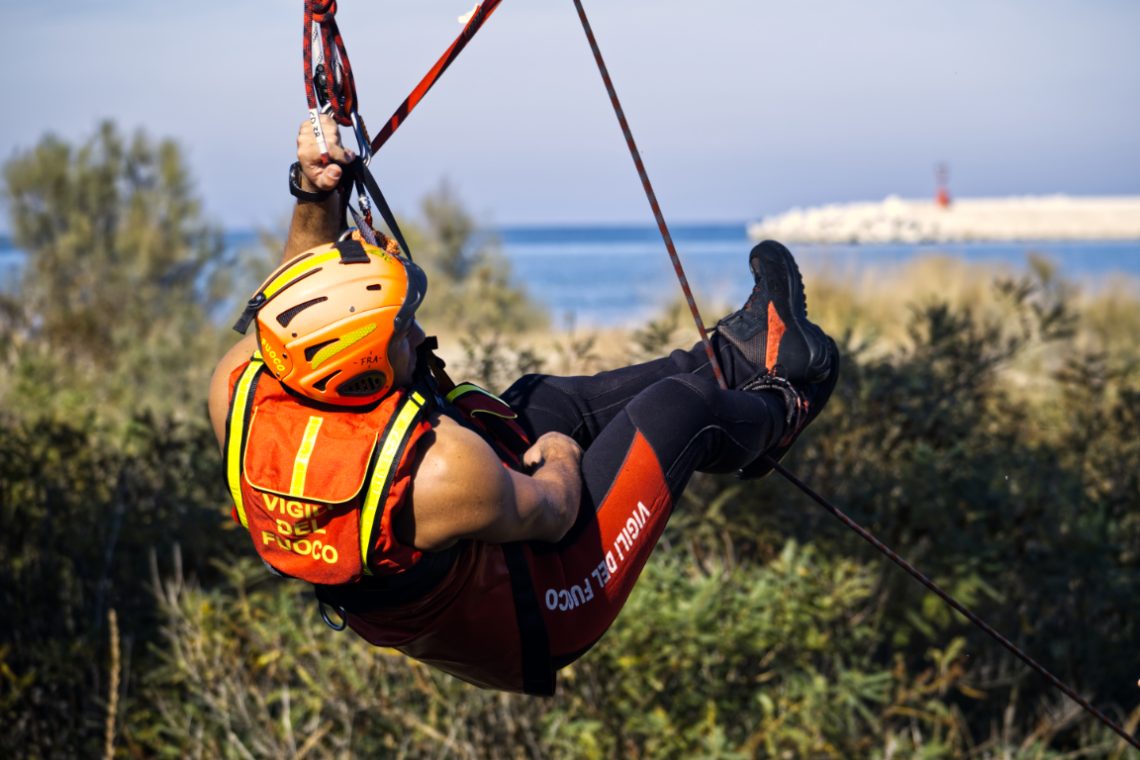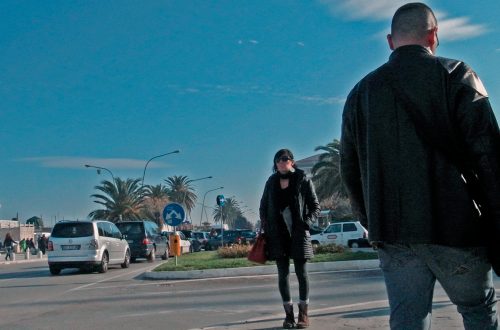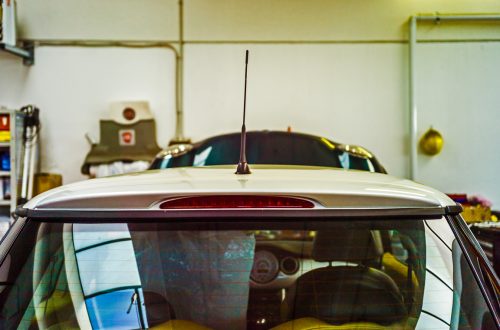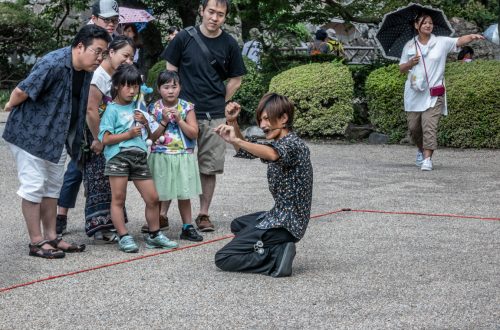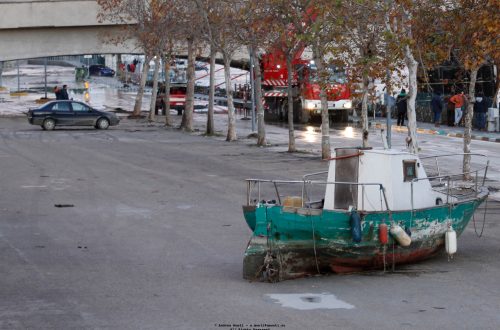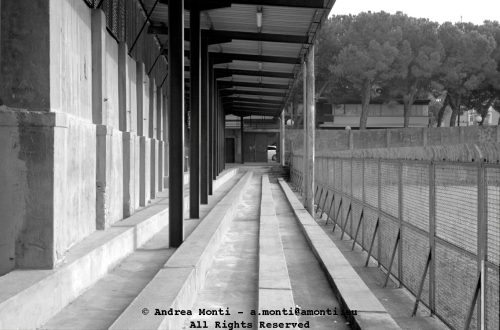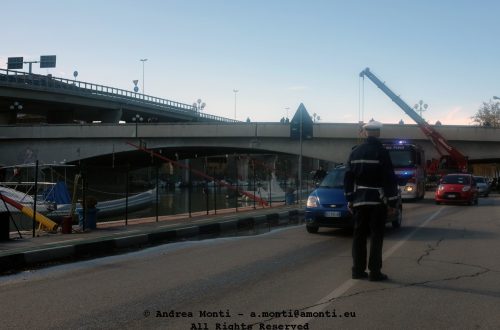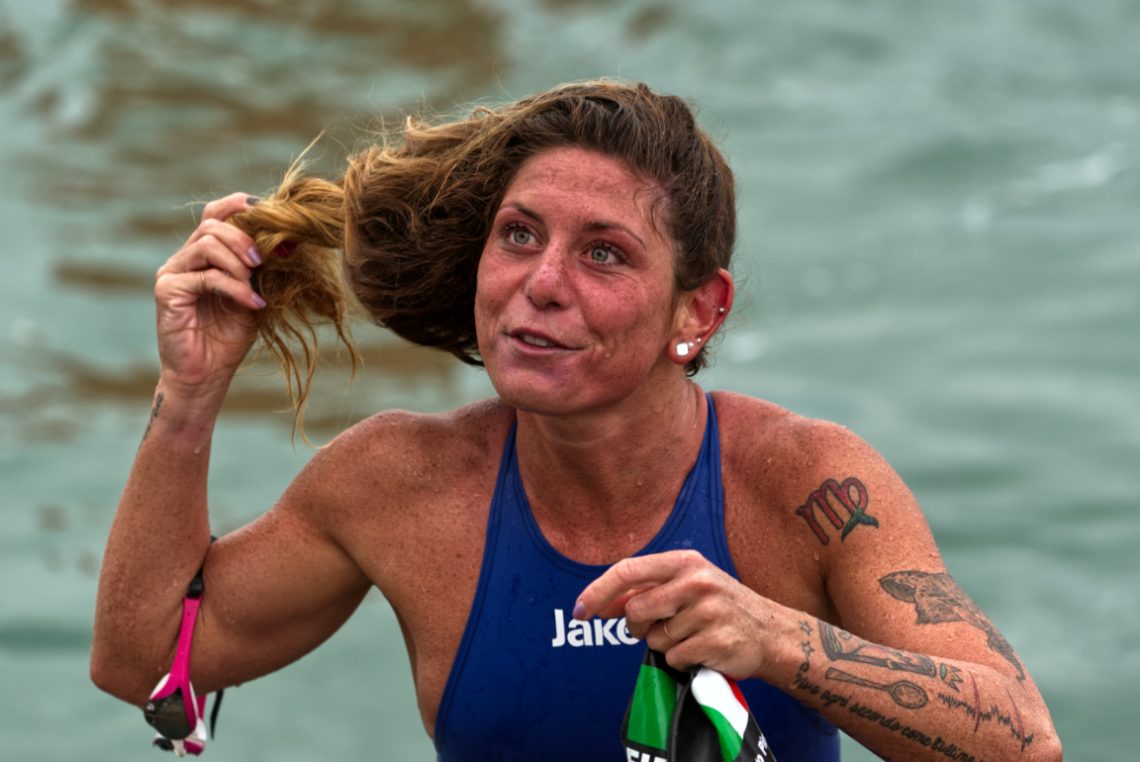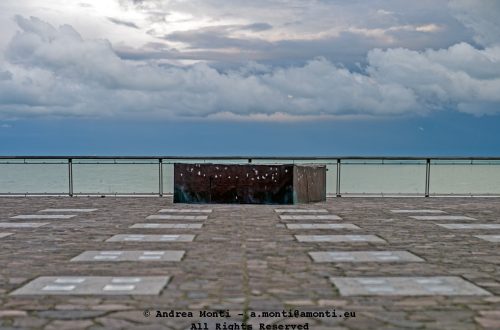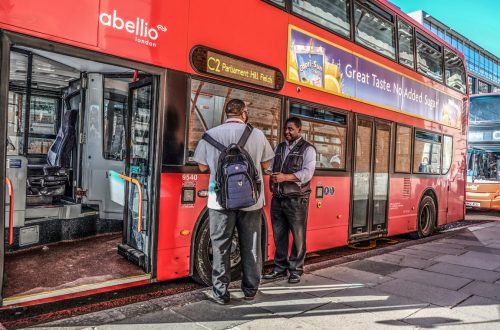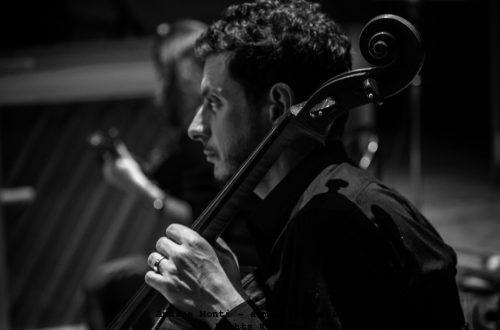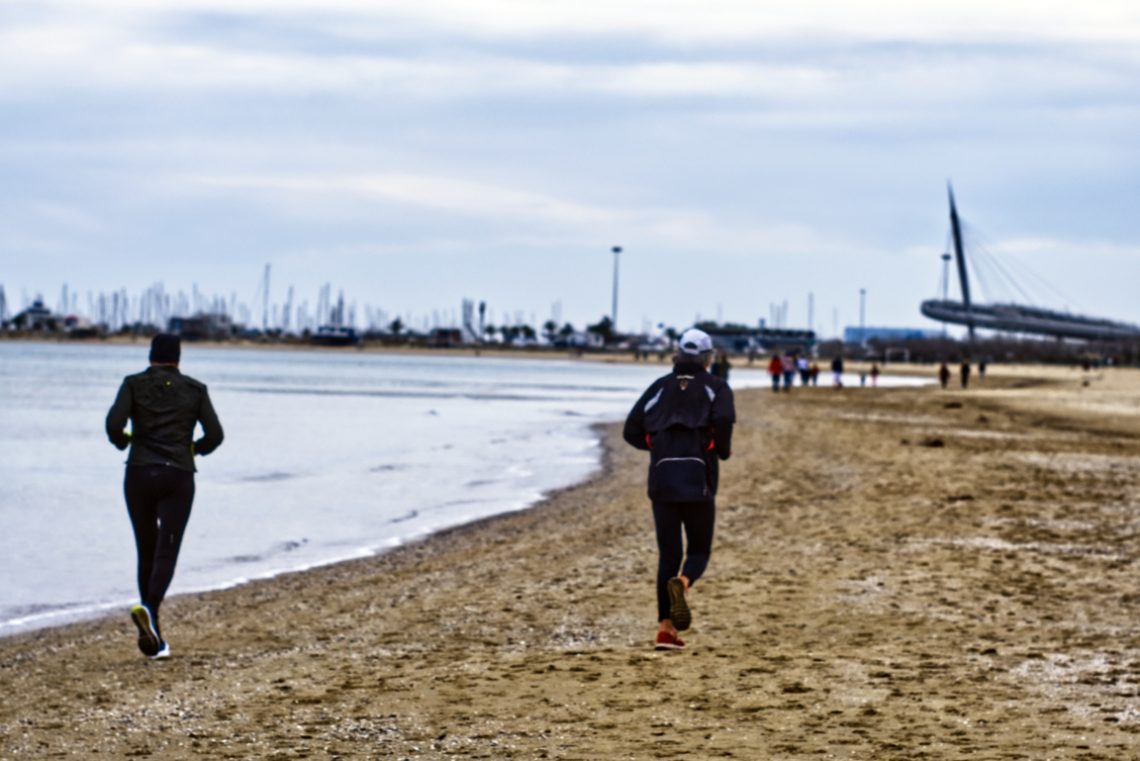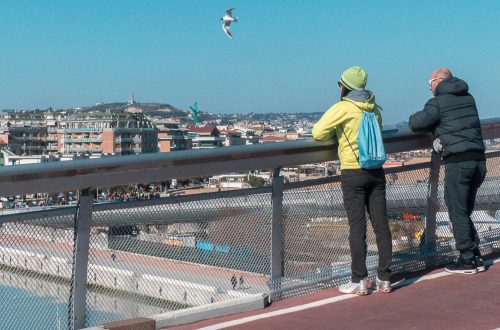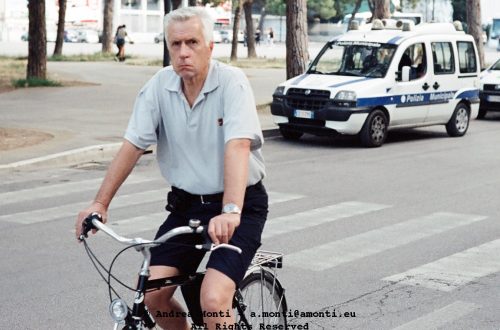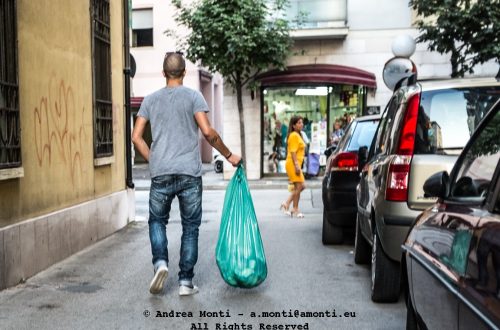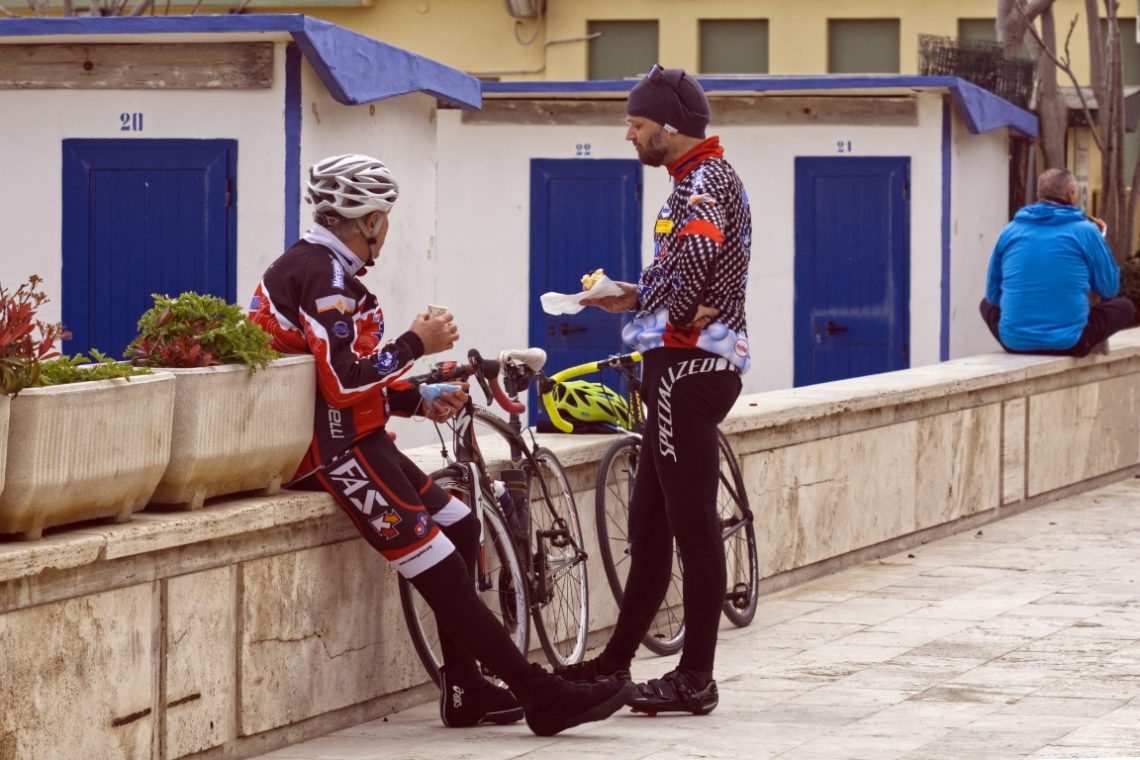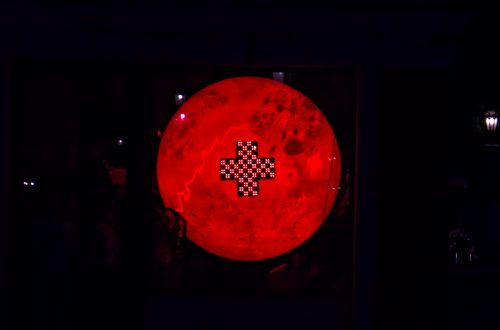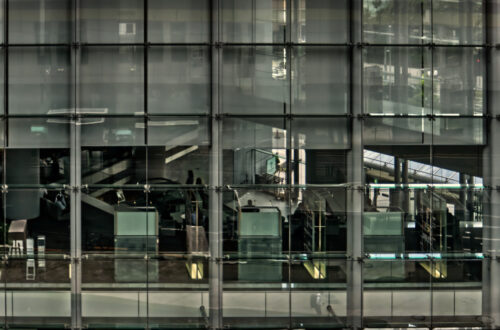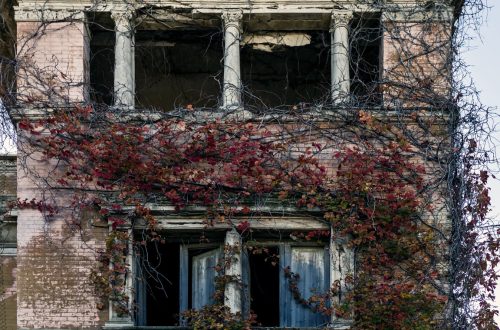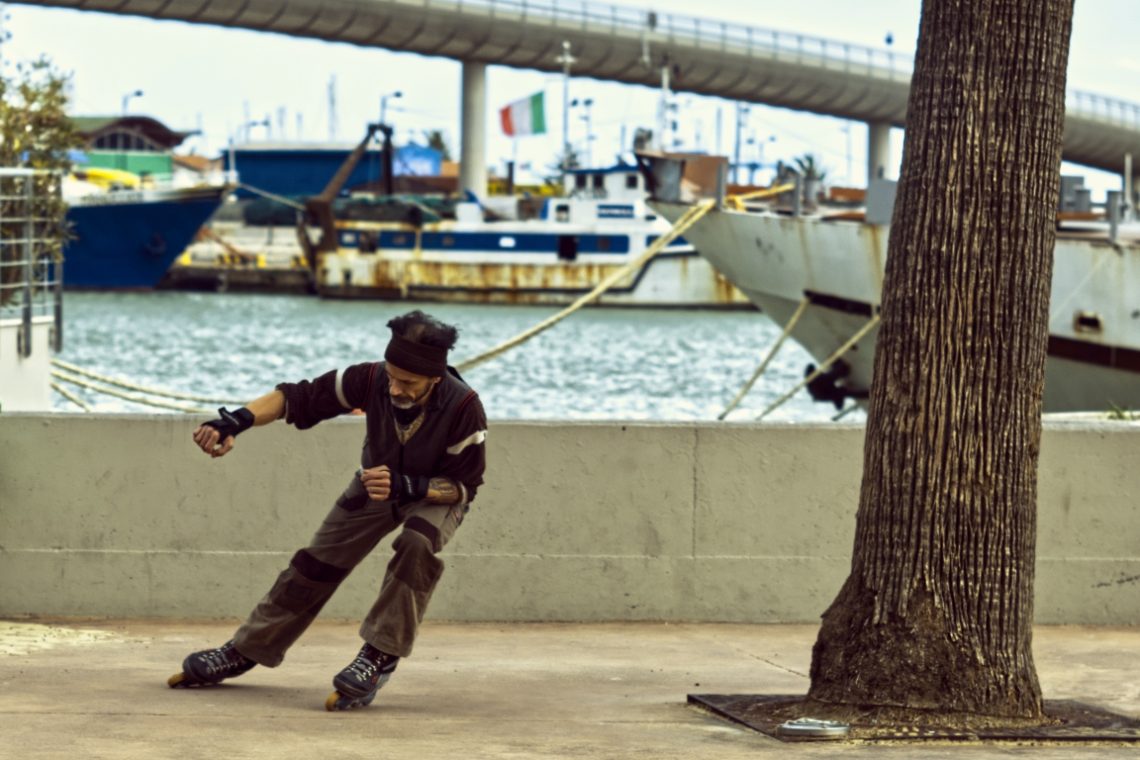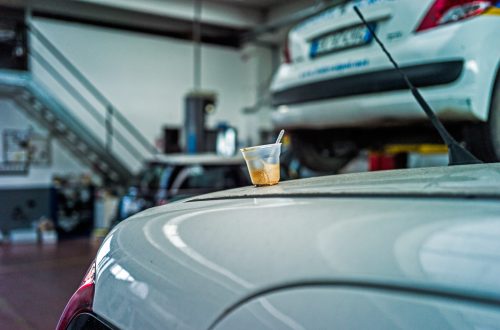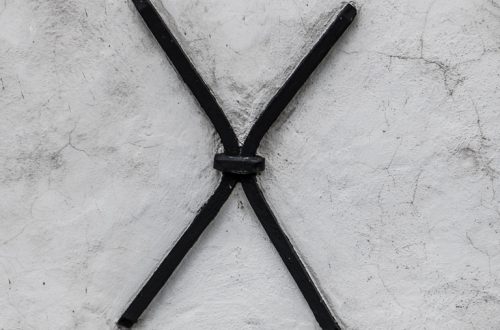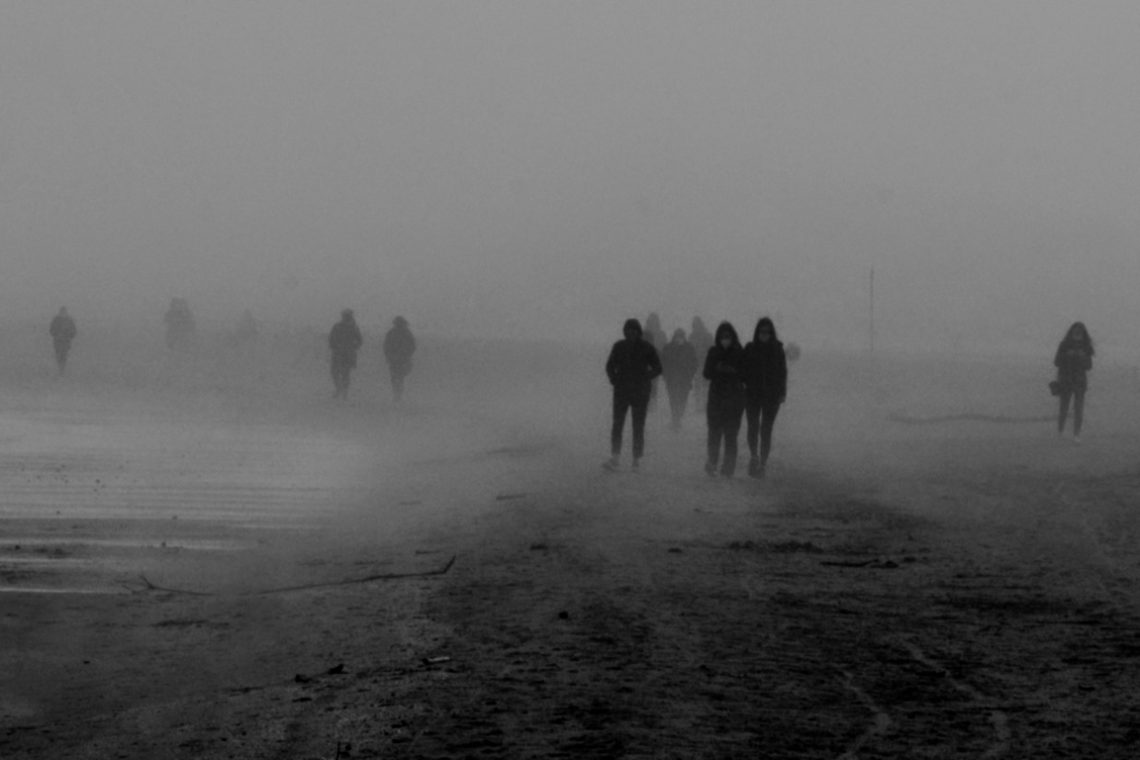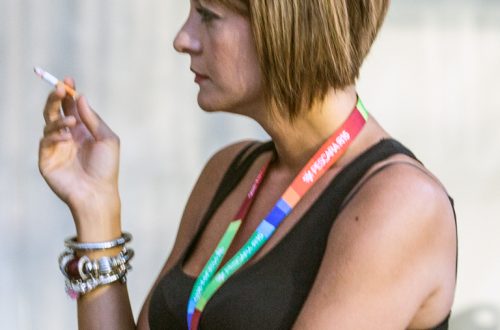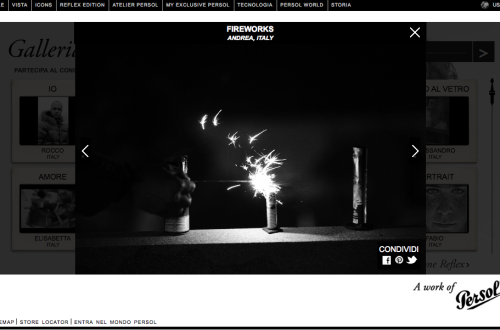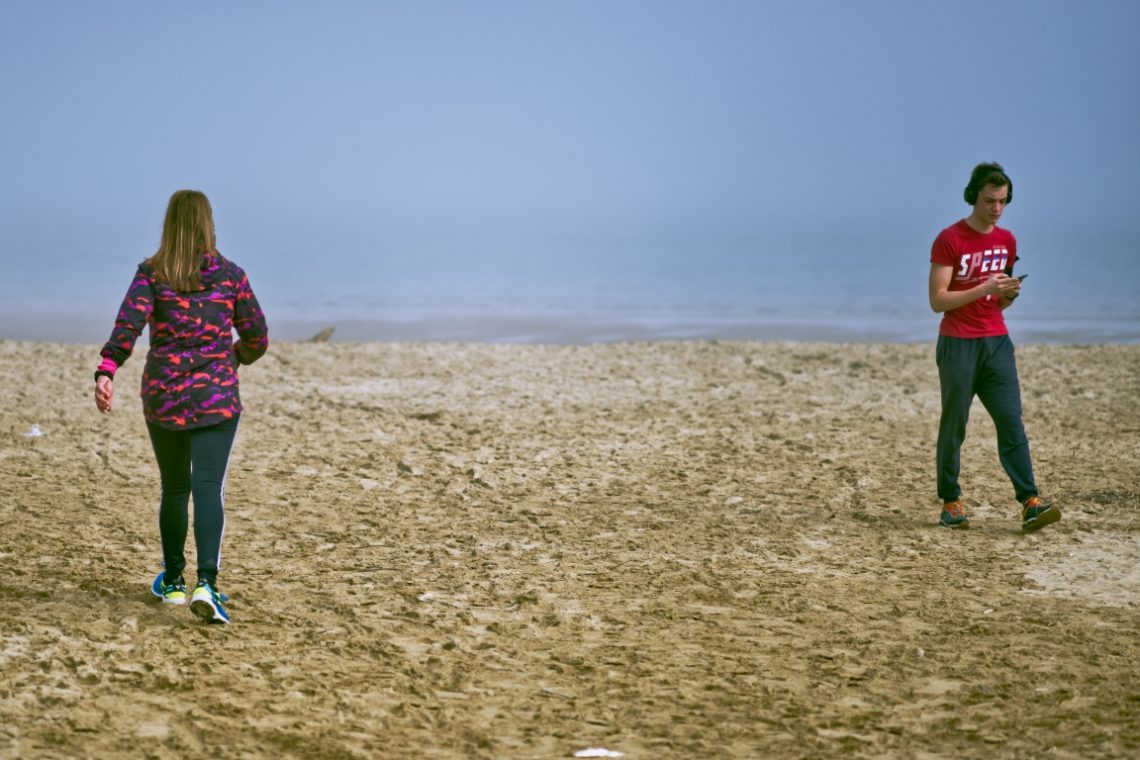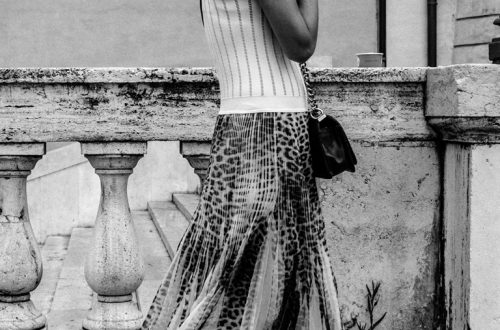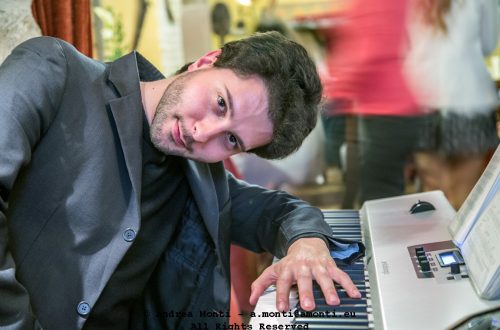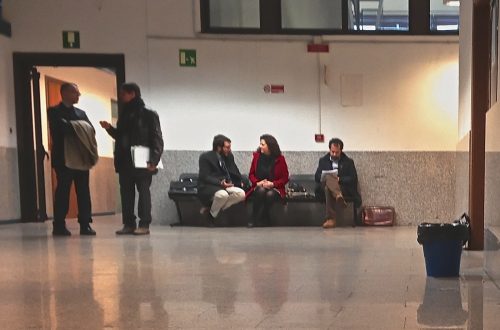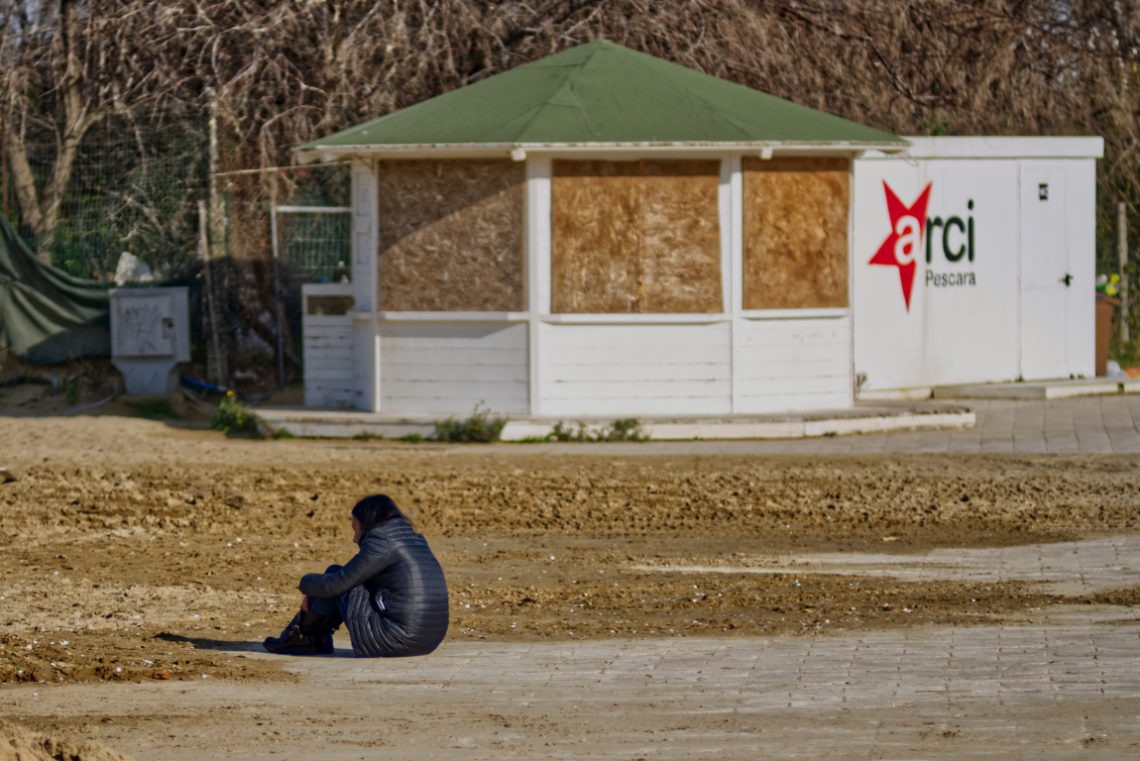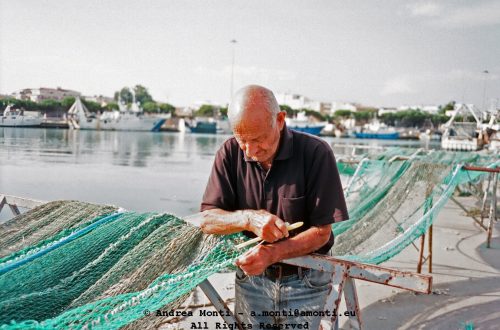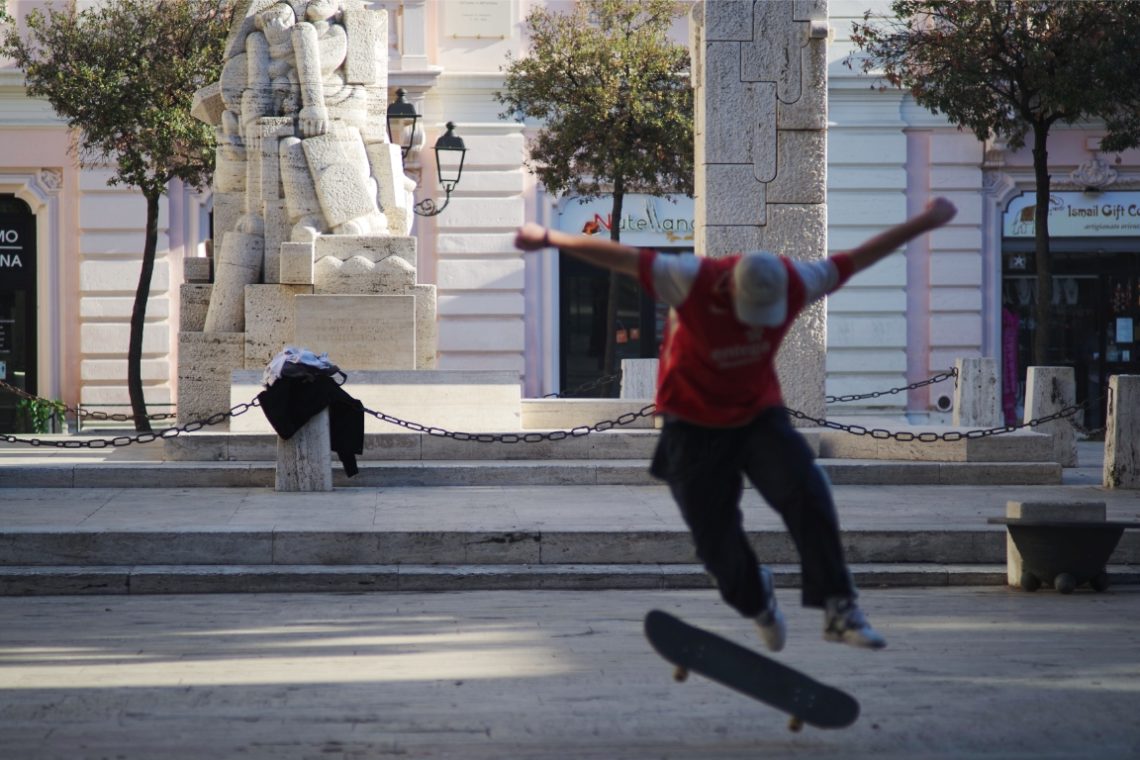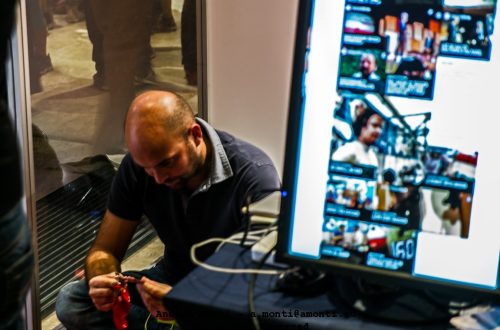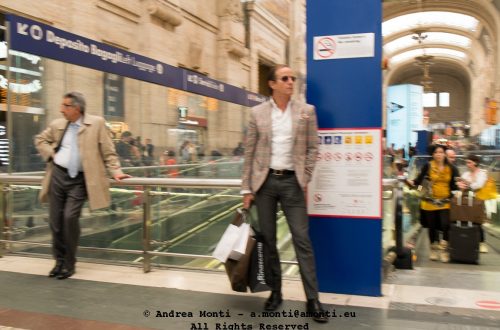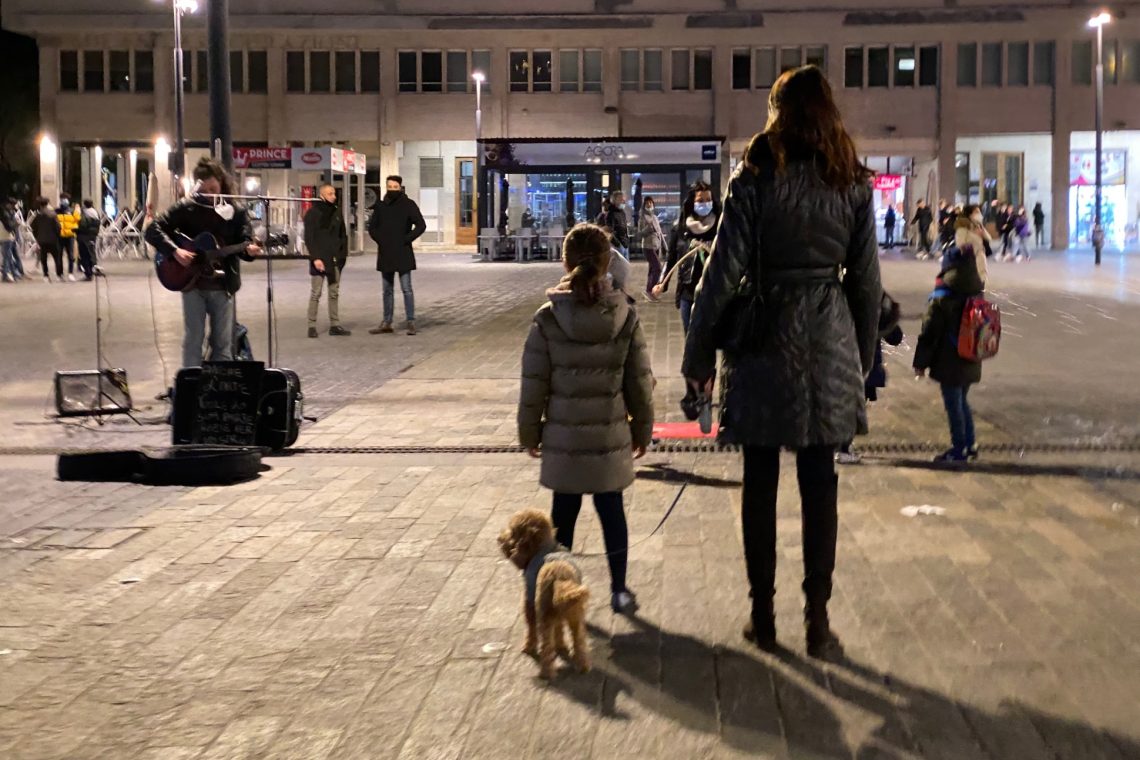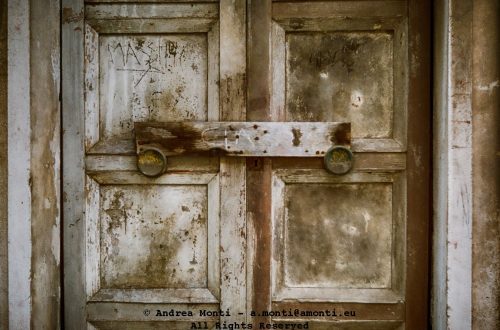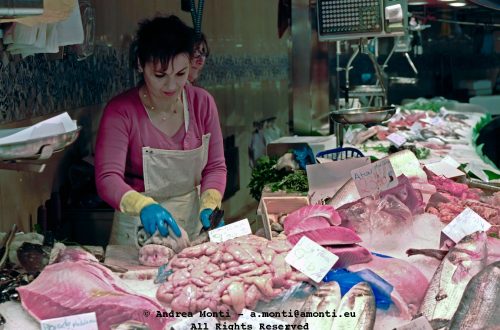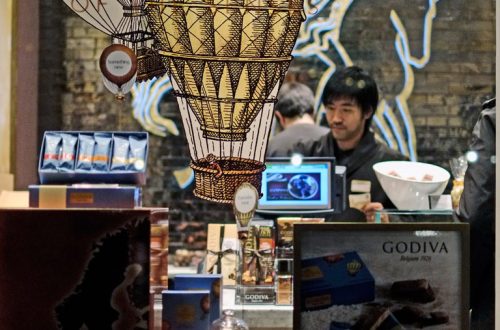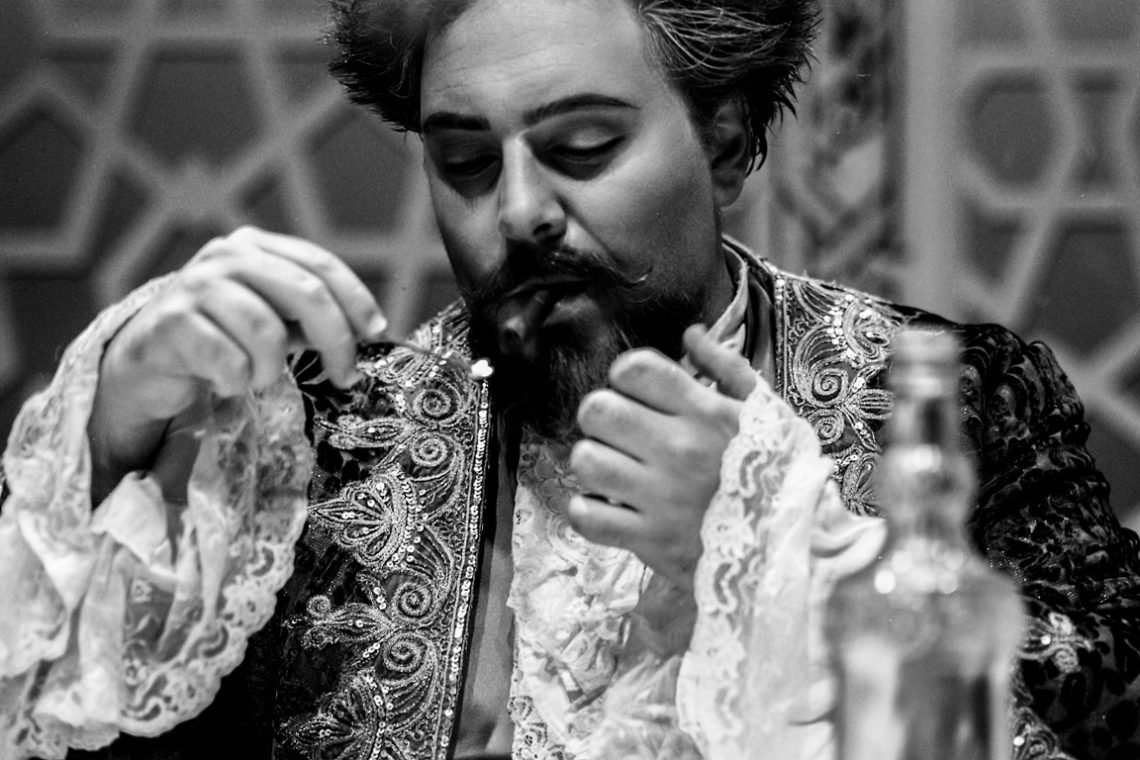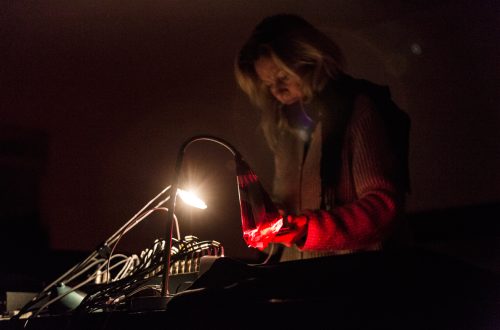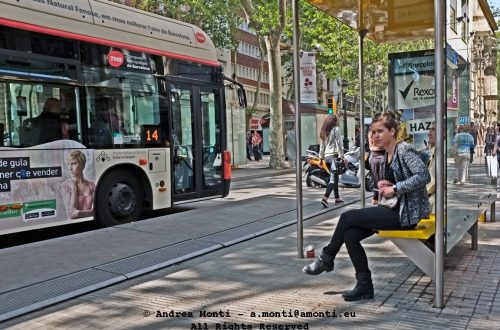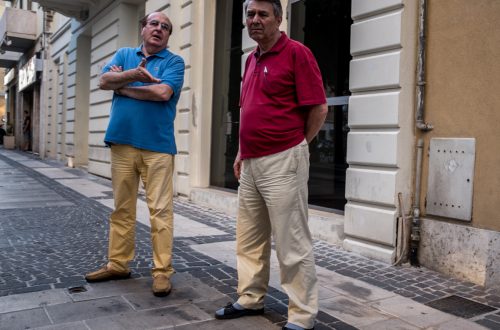-
Leo Gullotta – Bartleby lo scrivano@Teatro Marrucino
-
Giorgio Pasotti – Racconti disumani@Teatro Marrucino
The stage is almost bare, yet dense with implication. A man in a deep red suit leans forward over a small stepped platform, his body angled as if straining toward something invisible. The light catches the side of his face, leaving the rest of the space in heavy shadow. To his right, suspended in the darkness, an image of a bottle looms, projected larger than life—its glass skin ghostly, its presence more oppressive than inanimate. This is Kafka territory. The stripped set, the exaggerated scale, the isolation of the figure—they all speak the language of unease. The microphone at centre stage stands unused, a silent witness, or perhaps a channel…
-
Kristina Miller live@Teatro Marrucino
-
Sergey Krylov live@Teatro Marrucino
-
She Died Alone
She was a drug addict —a “junk” some righteous zealot would have called her— and died in the indifference of everybody but one. A flower and a rainbow unicorn are what keep her memory alive. The memory of a human being left alone also in her final moment.
-
Get Ready, Set, Go
I’ve always enjoyed the way a single moment in the street can hold multiple narratives at once. In this frame, taken in Piazza Venezia with the Vittoriano looming behind, the cyclist seems caught between pause and motion — a split-second where the decision to push forward hasn’t yet been made. The backlighting was a gamble. Shooting into the sun with the Fuji X-T3 and the XF 16-80 meant dealing with inevitable flare, lowered contrast, and the risk of losing detail in the shadows. But I wanted that shaft of light breaking through, almost theatrical in how it picks out the rider against the cobblestones. Exposure was a compromise: holding the…
-
So Long, and Thank You for the Fish
-
Sun Worshipers
-
Waiting for the Fish
There’s a particular kind of pleasure in using the Pentax K-3 II paired with the DA* 50-135mm f/2.8—a combination that rewards patience much like the fisherman in this frame. The lens’s rendering and microcontrast gave me exactly what I wanted here: a clean separation between subject and background without the look feeling forced. The weather was brooding, the horizon hazy, and the colours naturally muted, so the camera’s sensor, with its well-known dynamic range, had plenty of tonal nuance to work with. The man in the red hoodie became my obvious focal point—a striking colour contrast against the cooler palette of sea and sky. His posture, hands clasped behind his…
-
A Skateboarder
I took this shot with a long lens, standing just far enough back to flatten the scene and compress the zig-zag of the bike lane into a graphic, winding ribbon. What drew me to the moment was the contrast between the physical tension of the skateboarder’s posture and the rigid lines of the urban environment. He’s caught mid-shift — arms out, knees bent, entirely present in his balance. No theatricality, no posing. Just rhythm and gravity. The geometry of the path worked as an unintentional compositional gift. The white lines, curved rails, and signage almost funnel the viewer’s attention into the skater’s hunched figure. A classic leading-lines scenario, but more…
-
Man in Trenchcoat
-
Soldering
-
Fast Roping
Photographing action is often about timing, but in this case it was also about proximity — or rather, the lack of it. The Fujinon 100-400mm on the Fuji X-T3 gave me the reach I needed to isolate the firefighter mid-descent, suspended against a Mediterranean backdrop. The long lens flattened the perspective just enough to bring the vegetation, the sea, and the distant breakwater into a coherent, layered background, without stealing focus from the main subject. The composition works around the strong diagonal created by the rope, which slices through the frame and guides the viewer’s eye from top left to bottom right. His bright helmet and high-vis vest aren’t just…
-
Forza Italia
I took this frame in the middle of a warm evening on a busy shopping street. The crowd flowed by—quick glances, weekend chatter, the usual rhythm of a city centre. But what caught my eye was this man, sitting quietly on the kerb, Italian flags resting against a tree, another in his hands, waving lightly in the breeze. He wore a mask, a straw cap, and sandals. Behind him, mannequins lit up glossy storefronts. In front of him, passers-by moved without pause. For a second, I stood still with the camera. Then I saw it. The flag, mid-motion—green, white, red. The symbol of a nation, fluttering not from a balcony,…
-
Portrait of a Fin Swimmer
Some portraits happen in a studio, under measured light and with deliberate poses. Others — like this one — are pulled from the water, quite literally, in the midst of motion and adrenaline. I caught her just after she emerged from the sea, hair dripping and muscles tense, her expression still riding the wave of effort and triumph. The Nikon D750 paired with the Sigma 150–600 Contemporary gave me the reach to stay back and let the moment unfold naturally, while still pulling in the details — the salt-speckled skin, the flushed cheeks, the tension in her arm as she grips the swimming cap. From a technical perspective, the challenge…
-
Using a 1960 Leica Elmarit 90/2,8 on a Fuji X-T3
In short The Leica Elmarit 90/2,8 works flawlessly on a Fujifilm X-T3, also with third-party adapters having no electronic connection with the camera. It provides excellent results, notwithstanding its age. Using this lens for street photography requires using focus-peaking or zone focus. In this latter case, proper training is necessary to correctly assess the distance from the subject. Image quality On the X-T3 the lens preserves its unique identity. Its colour rendering gives pictures a distinctive ‘retro’ character. The Elmarit shows an excellent resolving power: thin lines are visible and well defined. Chromatic aberration is visible at F2,8. It disappears from F4 and ahead. Anyway, the lens profile is well…
-
Deserved Rest
-
A Street-Skater on the Waterfront
I came across him by the harbour on a day when the wind carried the smell of salt and diesel from the moored fishing boats. He wasn’t performing for an audience—just skating alone, immersed in his own rhythm. His movements were sharp but fluid, somewhere between dance and martial art. I wanted to capture that moment when the body leans into balance, teetering on the edge of a fall but never crossing it. The setting presented an immediate visual contrast: the fluidity of his posture against the static, almost heavy backdrop of the docked ships. I framed him to the left, letting the background breathe, so that the masts, ropes,…
-
Zombies
It was one of those winter mornings where the fog doesn’t just obscure — it swallows. Standing on the shoreline with the Nikon D610 and my trusty Nikkor 105mm f/2.5, I could barely see ten metres ahead. Figures emerged slowly from the haze, walking towards me in silence, their features lost in the grey void. The effect was unsettling enough that, reviewing the shots later, I couldn’t help but think of a scene from a low-budget horror film — the title wrote itself. Technically, this photograph is a study in embracing limitation. Autofocus in such conditions is almost pointless, and it wasn’t a problem since the lens is full-manual; I…
-
Uninterested
No glance. No nod. Just two people moving through the same space, as if the other didn’t exist. This was taken on a beach that should have felt wide open, maybe even freeing—but something about the moment made it feel small, enclosed. The boy looks down at his phone. The girl walks past him, eyes fixed forward. Neither slows. Neither turns. They’re metres apart, yet orbiting separate worlds. I didn’t ask for this scene. It unfolded on its own. A brief choreography of disconnection. Their postures say enough: one drawn into a screen, the other into her own stride. There’s no hostility here—just absence. A quiet kind of loneliness, the…
-
Pensive
Manual focus needs practice. This photo would have been better if I framed also the top of the cabin and focused better the person.
-
A Skater
Framing the whole statue would have made this photo better. The mistake was caused by the necessity to shoot fast, the lens’ field of view and the distance between the subject and the focal plane.
-
Busker and Covid-19
-
Easy To Shoot?
This picture might look “ordinary” but for the fact that I shot it with a rangefinder film camera (guess which?) during the scene change between to acts of a theatre play. Scene assistants were placing the furnitures, actors were trying to focus on their parts, there was no time (and place) to design a proper composition and set the camera. No autofocus, no real-time exposure and white-balance setting. Maybe I have been lucky capturing the match flame close to the cigar, maybe it was because of “muscle memory”, but I did it nonetheless. Problem is that I could not be sure if I succeeded until, one week later, I saw…
